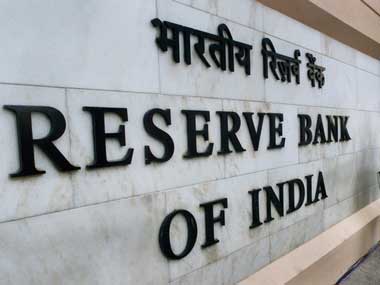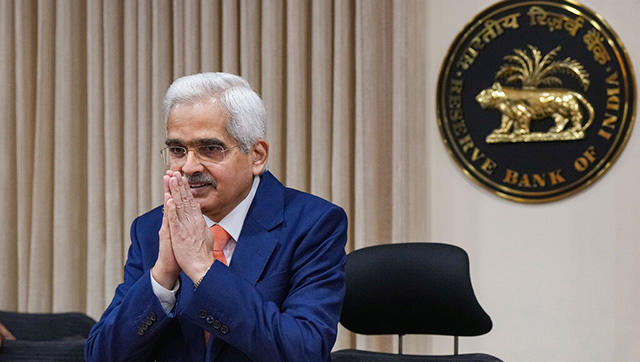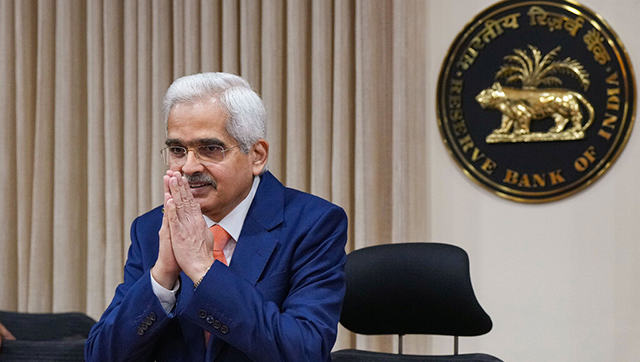Most economists and bond dealers bet on a rate cut from the Reserve Bank of India (RBI), when it announces monetary policy on Tuesday. Interestingly, the discussions are now centred on whether RBI governor Raghuram Rajan will cut the repo rate, at which RBI lends short-term funds to banks, by a quarter percentage point or would go for a higher-than-expected half a percentage point cut.
Besides falling retail inflation and the looming threat of delayed economic recovery, Rajan also faces pressure from Delhi to ease the monetary policy stance further to support growth agenda. After finance minister Arun Jaitely, the government’s economic advisor too has made a strong case for rate cut .
As Firstpost noted earlier , chances of a repo rate cut significantly translating into lower interest rates for the common man are thin, since the banking sector does not have adequate capital even to push credit.
The situation is more visible among state-run banks, where the government has cut down capital infusion. Banks are also reluctant to take further risks since they are also burdened with high bad loans and are short on capital.
Remember, banks began cutting rates only after much persuasion from Rajan in the last monetary policy, when Rajan explicitly said that scope for any further rate cuts will happen only if banks pass on the benefit of earlier rate cuts to the borrower. This was his primary condition.
Cumulatively, the RBI has cut repo by 50 basis points (bps) so far this year. One bps is one hundredth of a percentage point. But banks have reluctantly passed on only a part of this to the end-consumer.
Another reason why a repo cut wouldn’t prompt banks to cut rates is the current liquidity scenario. At present, there is no liquidity deficit in the banking system, as reflected in the amount banks borrow from central bank’s liquidity adjustment facility (LAF) window. So far this fiscal year, banks have borrowed only Rs 2,355 crore on an average, per day, from the RBI compared with Rs 6,703 crore in the previous fiscal year.
When liquidity is surplus, banks wouldn’t rush to the RBI’s liquidity window to borrow and then lend that money to the borrower. In fact, the RBI has been discouraging the practice of banks using borrowed money from its liquidity window for the purpose of lending. Hence a repo rate cut will have only limited impact on banks with respect to a lending rate cut.
An even better way to prod banks cut their loan rates further and push credit flow is a cut in cash reserve ratio (CRR) - the amount of deposits banks need to park with the central bank on a fortnightly basis and upon which they earn no interest.
Theoretically, a 50 bps cut will instantly release about Rs 45,000 crore to the banking system. This can offer an instant dose of money to the banks, which can be used for lending.
In fact, bankers have made this request for a CRR cut at a recent meeting with the RBI. This can come handy for those banks, which are looking at expanding their loan books. The repo rate is currently pegged at 7.5 per cent. The CRR is at 4 per cent.
To reboot the economy, the government must equip banks to resume credit expansion. This is particularly important given that the NDA government has been painfully slow on increasing public spending to breathe life back into the real economy. Until now, this hasn’t happened.
As State Bank of India highlighted in a note last week, the slow down in Gross Value Added (GVA) numbers (at 6.1 per cent from 7.8 per cent), was on account of slow public spending. “The decline in GVA is primarily attributable to the slowdown in Services, driven by a Public Administrative sub-segment (0.1 per cent in Q4 FY15 vis-à-vis 19.7 per cent in Q3). This was not entirely unexpected, as the Government had virtually stopped spending in Q4 to meet the deficit target.”
The government cannot abruptly stop recapitalising state-run banks using the logic that this money will again contribute to the bad loan pile.
One of the primary reasons for bad loan addition is poor demand and prolonged slow economic activity on the ground. Delayed and stalled projects are already burdened with cost-overruns. Only if banks are in a position to lend to the good projects, a recovery cycle can begin.
On the other hand, Jaitely’s logic of rewarding only the performers among state-run banks also deserves merit. The government wants these banks to raise money from market. This is a good idea but can work only in the long term. Banks should be given a breathing space for this transition. Also, the government shouldn’t forget that poor performance of government banks can also be attributed to their lack of autonomy all these years.
The bottomline is that it is important at this stage to make lendable capital available for banks to resume the credit expansion and, thus, rejuvenate the economic growth. A CRR cut, perhaps, could do the trick, much more than a repo rate cut.
(Data provided by Kishor Kadam)


)




)
)
)
)
)
)
)
)